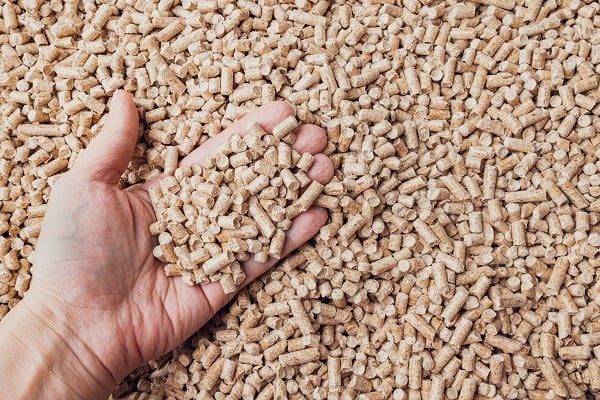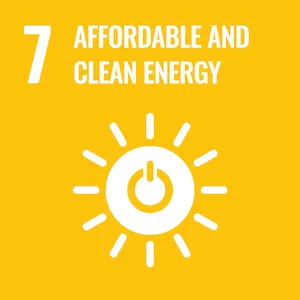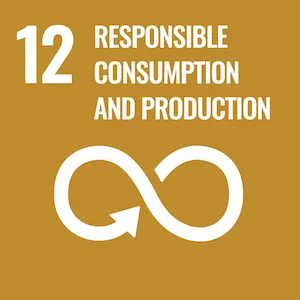Catalysis
Catalysis is a process that reduces the energy requirements and by-products formed in a chemical reaction, thus reducing its environmental and economic impact.
What is a catalyst?
Catalysis uses catalysts, chemicals capable of increasing the reaction rate and selectivity towards the products of interest by decreasing the activation energy of the limiting reaction step. The catalyst is not consumed in the course of the reaction and can therefore be reused in several reaction cycles, thus increasing process viability. The catalyst may undergo changes that result in deactivation or the reduction of its catalytic activity. In these cases, a regeneration step is necessary before it can be reused.
How It Relates to Green Chemistry
Large amounts of waste are generated every day by chemical processes. In particular, using stoichiometric equivalents creates unwanted byproducts like inorganic salts. Stoichiometric chemical procedures are increasingly being replaced by more efficient catalytic alternatives, empowering chemists to reduce energy and resource consumption. Greener catalysis means moving away from stoichiometric processes to homogenous and heterogeneous catalytic reactions using organic, organometallic, inorganic and biological catalysts.
Catalysis solutions
At AIMPLAS, we work on the synthesis and modification of catalysts, and their subsequent use in catalytic processes to pursue different objectives:
- Synthesis of plastic materials that help reduce energy consumption and toxicity.
- Chemical recycling of plastics to obtain new value-added materials. Improving the performance of solvolysis, biological cracking, enzymatic recycling and pyrolysis processes.
- Conversion of CO2 emissions and waste into fine chemicals, polymers and renewable biofuels.
- Enzymatic catalysis to achieve the sustainable synthesis of polymers as well as plastic degradation.
Types of catalysis
The chemistry of catalysts is very broad. They can be classified based on whether or not they are in the same phase as the reactants:
- Homogeneous catalysis
- Heterogeneous catalysis
- Heterogenized catalysis: considered to be a combination of the above.
- Enzymatic catalysis: it differs from the previous type because the catalyst used is an enzyme.
Homogeneous catalysis
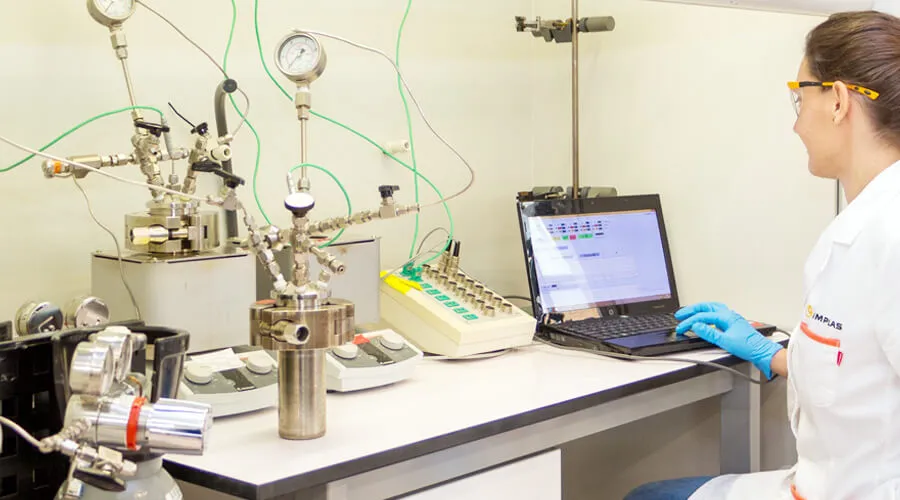
Homogeneous catalysis comprises systems made up of a single phase, i.e. the reagents, products and catalysts are in the same phase, usually a liquid solution.
The catalyst is uniformly dispersed in the reaction medium and interaction between the reagents and the catalyst is favoured, thus resulting in faster reaction rates compared to heterogeneous catalysis. However, it is more difficult to separate/remove the catalyst from the reaction medium, which can be more costly than in heterogeneous processes.
The most commonly used homogeneous catalysts are organometallic complexes.
Heterogeneous catalysis
Heterogeneous catalysis occurs when the catalyst is in a different phase from the reagents and products. These phases are generally solid-liquid and solid-gas. The reaction takes place on the surface of the catalyst, where active sites are located. Therefore, the smaller the particle size of the catalyst, the larger the surface area for a given mass and the greater the catalyst activity.
Heterogeneous catalysis has high specificity, given that activity occurs only at the active sites on the surface of the catalyst. Although their initial cost is often greater than homogeneous catalysts, these catalysts are highly stable and easily recoverable, which means they can be reused in several reaction cycles, thus reducing their economic and environmental impact. It is sometimes necessary to regenerate the catalyst before it can be reused.
Heterogenized catalysis
Heterogenized catalysis makes use of catalysts with surface phenomena, i.e. they are not in the same phase, but can generate compounds that dissolve, which are involved in the homogeneous catalytic cycle and regenerate the heterogeneous catalysts, thus creating a synergy between heterogeneous and homogeneous properties that enhances the catalytic effect.
Enzymatic catalysis
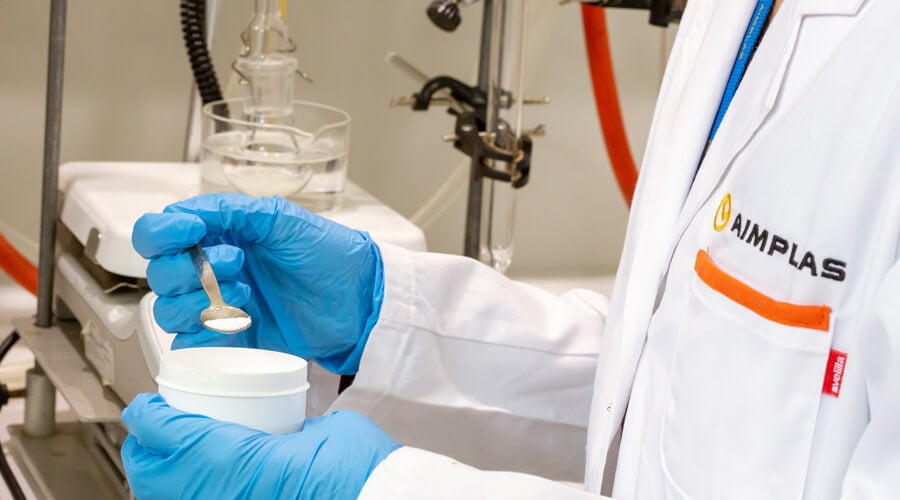
The catalysts used are enzymes, biological catalysts found in nature, which are often proteins (amino acid polymers). Enzymatic catalysis can be carried out homogeneously and heterogeneously and is used in a wide range of reactions (e.g. hydrolysis, ring-opening polymerization, condensation). One of the great advantages of enzymes is their high selectivity. Immobilized enzymes are easily recoverable and reusable.
